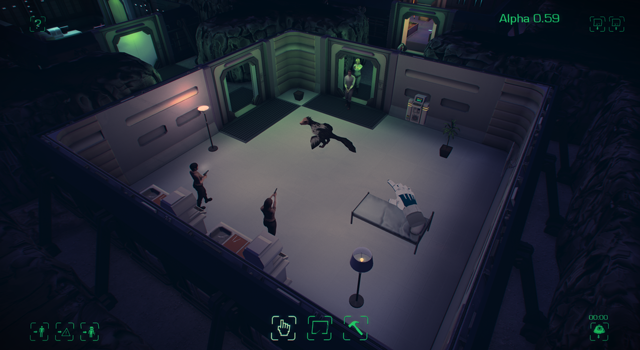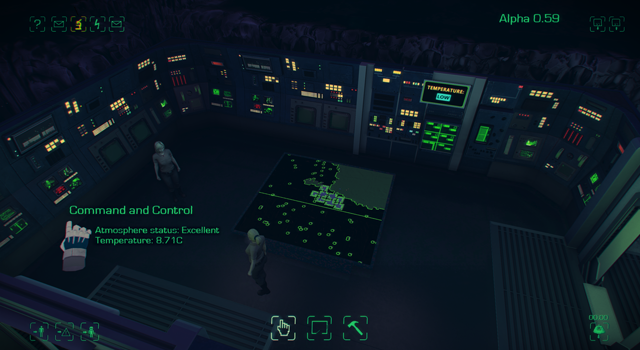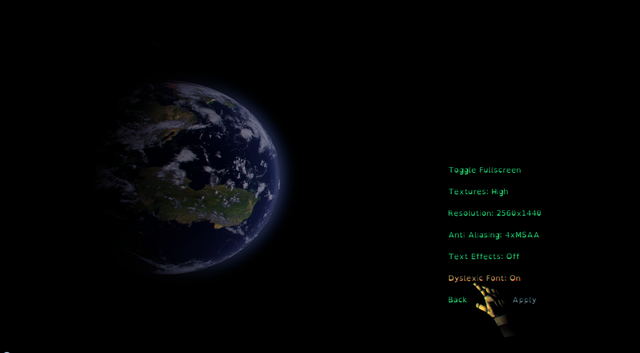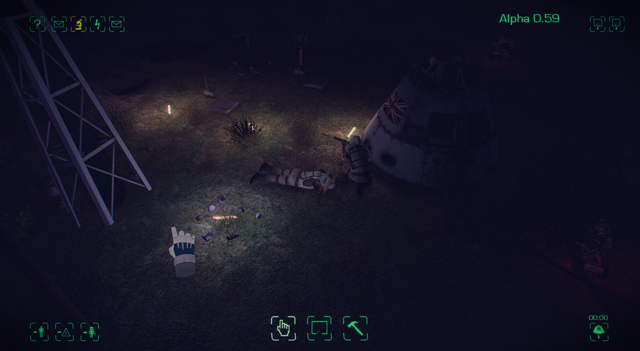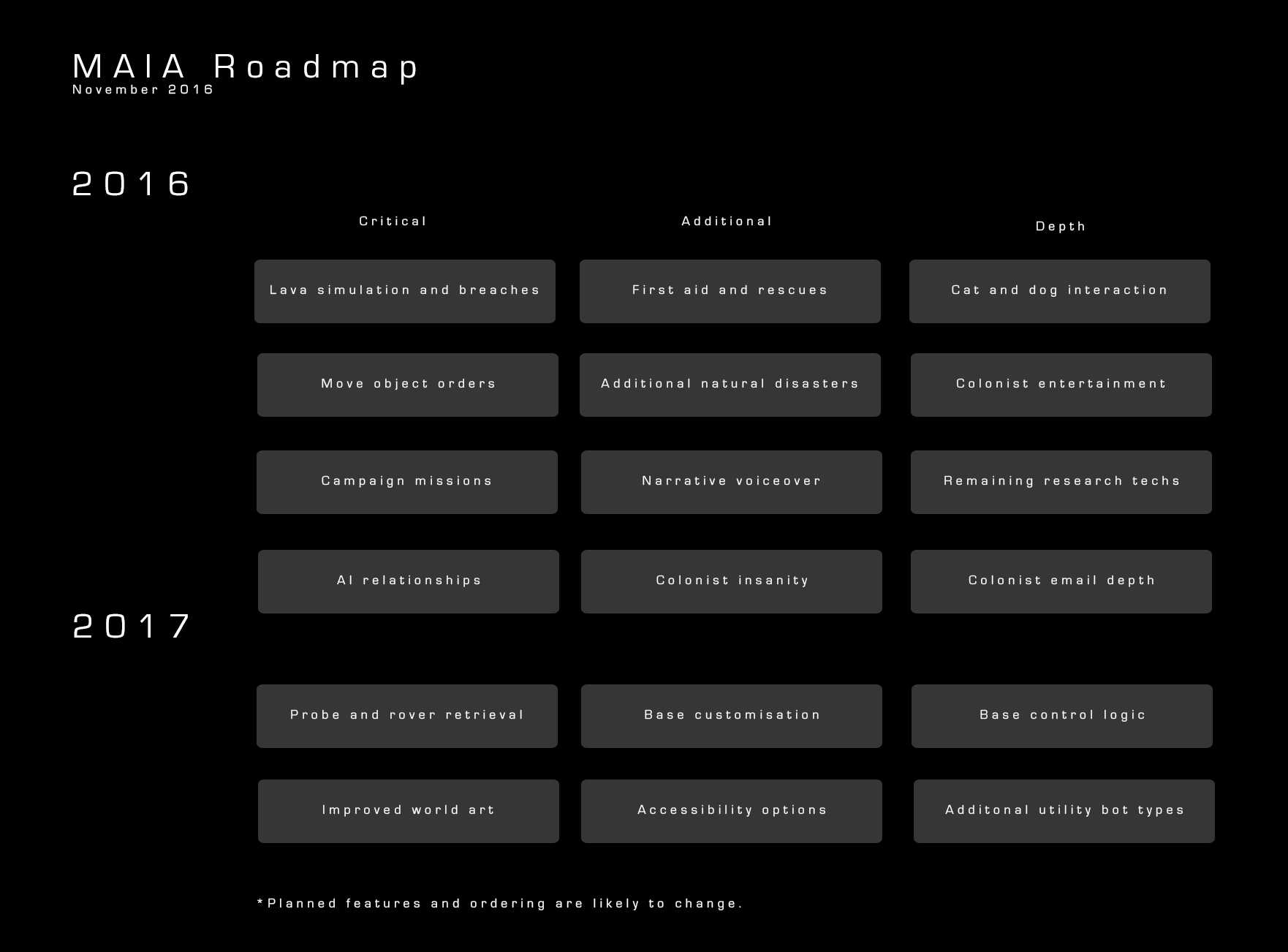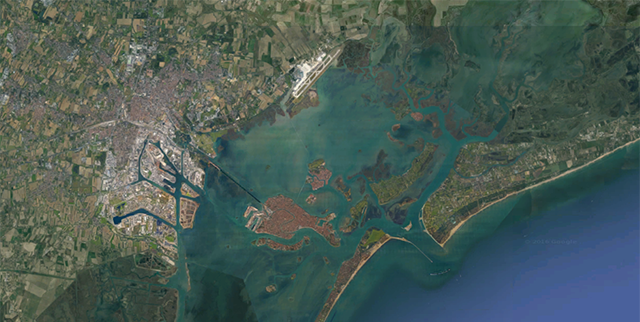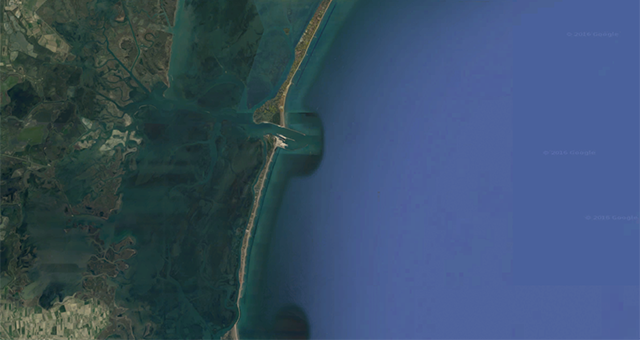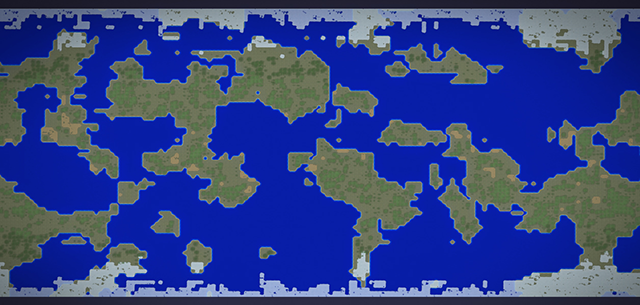Maia 0.59 is now live. This update brings the threat of dangerous alien creature incursions into the base. Don’t panic! Your colonists are now armed and ready for them, with new patrol behaviours to hunt down and eradicate the threat. 0.59 also brings a multitude of cool new features, such as the command and control room, new UI changes, AI updates and hundreds of bug fixes.
Here’s a video of me showcasing some of the new features:
Invasions.
The local creatures are now far more likely to breach a base that sits within their territory. They may enter to steal livestock and rations or just to mark their territory by destroying your vital equipment. Colonists are ready for them however with new side arms and patrol behaviours to locate and destroy the intruders.
Special Stuff
Not all the local wildlife is a menace. With ecological research, the nocturnal aliens can now be captured, domesticated, bred and slaughtered for high quality tasty food production.
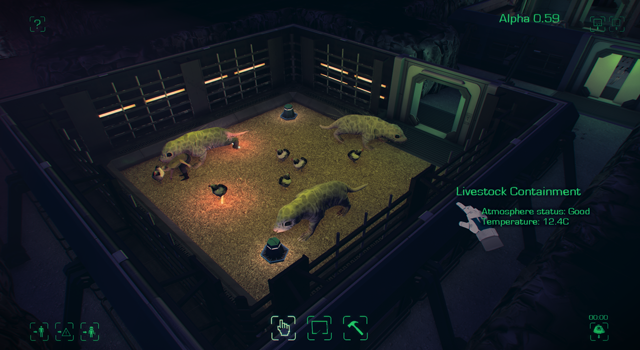
Overseer
The new command and control room gives your colonists better command oversight of your base. It lifts the population cap and provides a map table that gives insight to the movement of colonists and threats to your base. It’s thermal mode allows you to spot issues with heat distribution within your network of rooms.
Easy Reading
UI accessibility has taken a step forward with a new dyslexic mode for the game that presents a dyslexia friendly font and increases text sizes throughout the game. Dynamic drop shadows have also been added on overlay text to ease reading in high contrast scenes and many button behaviours have been tweaked to stop misclicks and other small annoyances.
T’annoy
Several base announcements have been added to provide feedback for many base systems such as power grid issues, blackouts caused by solar storms and energy storage depletion. The announcer will also warn of incoming natural disasters, base events and fire emergencies.
Basophobia
The games’s pathfinding systems have been improved, which should lead to less issues with complex build orders and also see greater performance gains on low end machines.
Rough change log since 0.58:
- Colonists now carry and use sidearms.
- Colonists will now patrol inside the base .
- Colonists with markspersonship skills are now more effective at shooting.
- Rifle firing outside is better in synced in sound and animation. Includes tracer rounds pfx.
- Alien protobirds can now eat ration packs, dead voxnocturnus and also… other protobirds.
- Protobirds can attack worklights and other base equipment.
- Alien bum scooting animations no longer give the creatures too much velocity.
- Sound lure now makes voxnocturnus clicking sounds .
- Dyslexic mode added and several GUI changes made for readability.
- 2x MSAA added.
- Flare burn time now saved to stop them all reigniting on load and creating a headache inducing din.
- New colonist emails to ask for medical and research rooms.
- IMP AI tightened up to prevent dawdling.
- IMP sound and pfx synced to animations.
- Many more objects generate heat from wasted electricity.
- Super capacitor energy storage now degrades much slower.
- Object holograms given bases to aid placement.
- Base announcements for fires, earthquakes, solar events, energy storage depletion and more.
- Utility robot wheels now kick up dirt.
- Damage particle effects added to many objects.
- Control room added. Colonist cap reduced to eight, control room raises that to 12.
- Map table added with sonic mapping and thermal mapping modes.
- New research for alien domestication and captive breeding.
- Some research perks now have prerequisite research that is needed before they can be discovered.
- Medical bed interaction point moved to stop colonists getting stuck using it.
- Chicken wandering behaviour fixes. They will now seek out the livestock room faster and not wander out of it so much.
- IMP pathfinding and framerate issues fixed when stuck in in anomalous locations.
- Room update improvements and optimisations. Larger bases supported.
- Fix for occasional bug where a room tile is not deletable on right click.
- Fix for loads failing because the ongoing mission flag was not set and the game exiting back to menu in the blink of an eye.
- Atmosphere spread in subrooms of large blue casing areas fixed and optimised.
- New colonist surnames added.
- Game world rendering improved and optimised.
- Airlocks no longer cause intermittent pathfinding blockage. Reducing the chance of issues with building outside.
- Rooms no longer locked on startup allowing colonists to wander about before an initial room is placed.
- Crop blight adjusted to be less predictable.
- Colonists will now assign a higher priority to body-bagging up corpses.
- IMPs will no longer use hoppers when not carrying enough materials.
- Flywheel integrity degradation adjusted, colonists will consequently no longer spend as much time trying to fix them as a high priority task.
- AI agent path verification on world changes optimised. Building, locking doors, cave ins and digging should cause less CPU spikes.
- Colonist and IMP idle behaviours now checked against reachable sectors. Should reduce failed pathfinds and improve performance.
- Dog pathfinding optimised.
- Cat pathfinding optimised.
- Several spelling mistakes fixed
- Potential data corruption fixes.
- Every item in the game now has a very simple description of what it does in general terms when placing it.
- Basic food production added to the tutorial.
- Basic explanation of the heat mechanics added to the tutorial
- Colonist requests can now be answered with a y/n key press. Those are rebindable in the menu options.
- Build priority added to the tutorial. (Double click on items to set them higher!)
- Objects no longer maintain high priority after being built.
- Cave ins and structural weaknesses no longer persist between level changes. This may also prevent a crash.
- Colonists will now be less likely to over run when approaching an object. Stopping them getting stuck in and behind things.
- Dracaena plant selection fixed and readded to the game.
- More rooms given the selection of three aesthetic plants.
- Aesthetic plants no longer spread blight.
- Aesthetic plants no longer show Kj of energy stored in them like food plants as they are quite inedible.
- Colonists will no longer join a team meeting if they are already going to an action with a high need.
- Sounds added for loading and saving and for successful and failed loads.
- Greyed out buttons now capture input so elements behind them can not be clicked on.
- When an email is open no left or right clicks will be accepted apart from to the email manager buttons.
- Emails can be dismissed with a right click.
- No input is accepted for a fraction of a moment after closing an email to prevent misclicks that might cause dig orders etc to be placed.
- Hud no longer updates when the player is in first person, stopping it grabbing input or applying the screen darkening effect.
- Chickens no longer self destruct after being on fire if there are two or less remaining.
- Building materials no longer placeable in workshop or storage room to reduce player confusion (Colonists will automatically move surplus materials from the smelter to the shelves).
- The colonists will no longer present the player with any choices in the first few minutes of game play.
- Engine draw call optimisation.
- 32 bit exe updated.
I’ll be back soon with our next update in December. Here’s a rough roadmap of what to look forward to as we approach Beta and then release.
If you like these updates be sure to drop us feedback via Twitter and Steam reviews.


